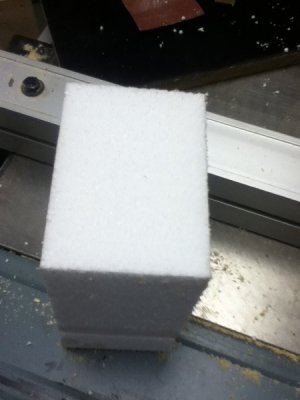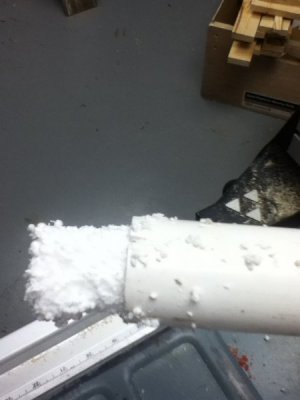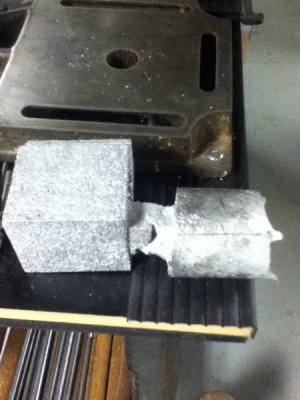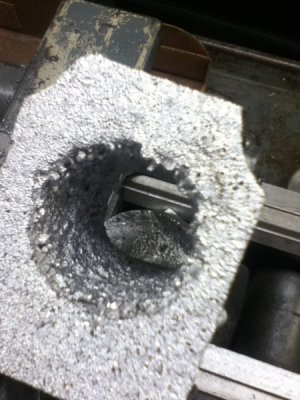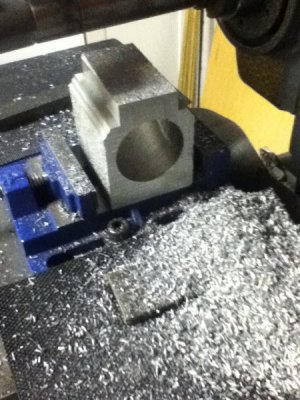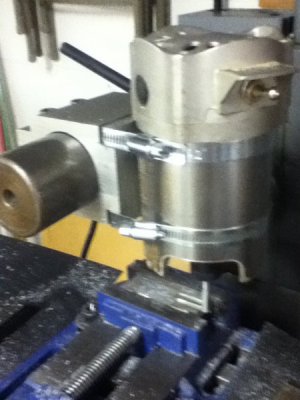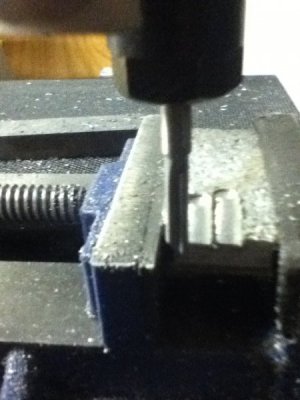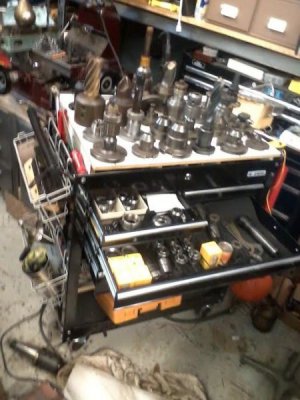A couple of weeks ago my Niece and Nephew had a trash fire get out of hand and burned down their tool shed. They don't have room for a shop, so they store all of their tools in the shed and pull them out as needed. They lost a lot of tools.
Nobody was hurt. Everything is covered by insurance.
But it gave me pause to think of how I would make a claim for everything that was in my shop. Now, I don't know anything about insurance claims; but I figure you need to tell them what you lost if you want them to reimburse you for it.
So today I took 422 pictures. Photos of every piece of equipment. Pulled open every drawer and took a picture. Uploaded the pictures to the cloud. Took me about an hour and a half and I feel much better.
I did not document every little tool, but the photos will certainly jog my memory as to what was in there and provide some documentation to support a claim.


